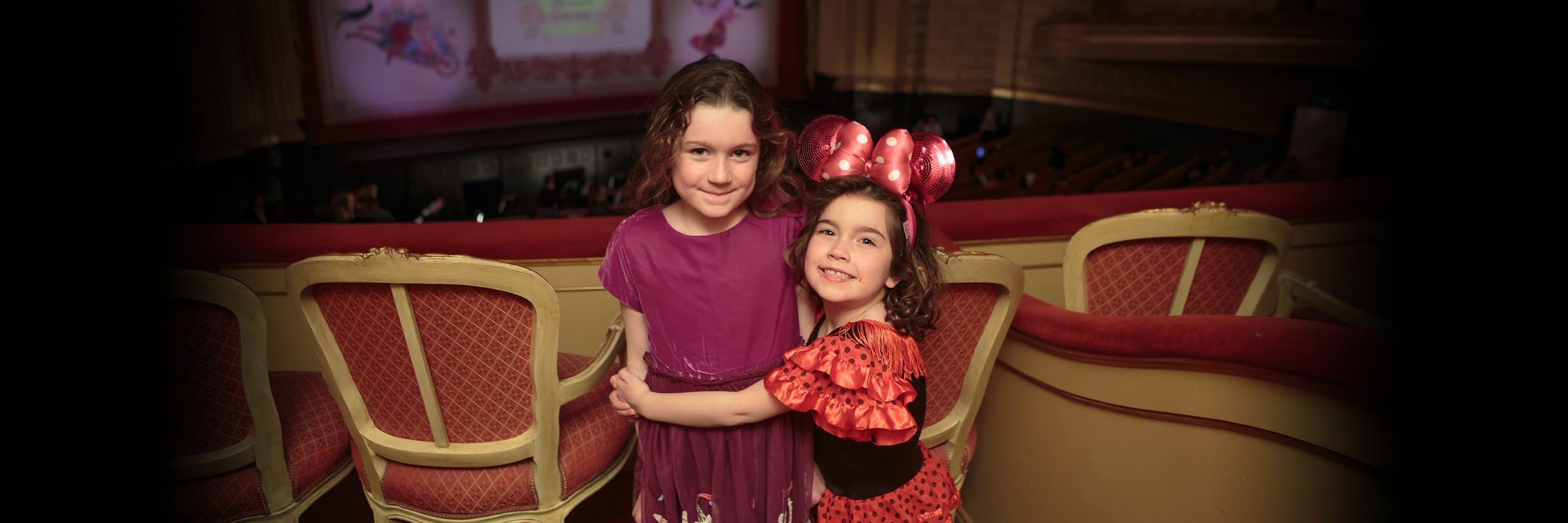TIPS FOR WATCHING A BALLET
You don’t need to be an expert to enjoy ballet
Although it’s a total cliché, music and dance are art forms that appear all around the world, in all different cultures. Going to the ballet is just like going to a museum or a concert: you learn by the action of going. And anyone can enjoy a ballet: all you need is an open mind.
But ok, let’s say you do want to know what an expert or critic might look for when they watch a ballet. Here are a few helpful hints to get started:
First, ask yourself a series of questions:
- How do the movement and music work together?
- Does the dance remind me of anything?
- Does the performance create any questions for me?
- Does a specific performer stand out?
Then, try to pay attention to:
…the dancing. Dancers train their whole lives to perform with a company like San Francisco Ballet. These dancers are trained in ballet, a classical art form with its roots in Italy, France, and Russia that consists of a number of specific steps. Ballet is known for its impressive leaps and turns and of course for pointe shoes! But also for the way it makes dancers look like they’re doing the hardest things in the world with the greatest of ease.
- What kinds of shapes do the dancers make? Are they stretched out and straight? Or bent and crunched?
- Do the dancers make it look easy?
- What kinds of relationships do you see between the dancers?
…the choreography. A choreographer puts the dance together to tell a story or communicate an idea. Steps can be traditional, drawn from hundreds of years of ballet history, or newly invented. Dancers also bring their own way of moving and thinking to a performance.
- If the choreographer creates a feeling or mood, what story do I imagine while watching it?
- Is there symbolism?
- What is the theme?
…the music. A composer writes the music and sets rhythm, speed, and mood. The choreographer then interprets that music and the conductor decides how to play each piece of music to best re-create what the composer intended.
- How does the music make me feel?
- What instruments do I hear?
- Do I hear any themes or motifs in the music?
…the production elements. Sets may be a simple backdrop and curtains that prevent the audience from seeing backstage, or can be painted to look like a room, forest, or town square. Costumes can be classical, like the iconic tutu, or contemporary, like something you might see on Hayes Street. Lighting tells us what to look at (imagine a dark stage with a dancer in a spotlight) and what to feel (bright feels happy; dark conveys drama).
- How do the production elements add to the performance?
- Are the costumes appropriate for the dance?
- Does the lighting focus attention or distract?
What if I still don’t get it? Don’t stress. Honestly, sometimes there isn’t anything to “get,” it’s just about the music and the movement. Everyone responds differently to art so give yourself time to reflect on the experience. Sit back, relax, feel. And then chat about it with a friend at intermission over a glass of wine.



